What is Batch fermentation and continuous fermentation
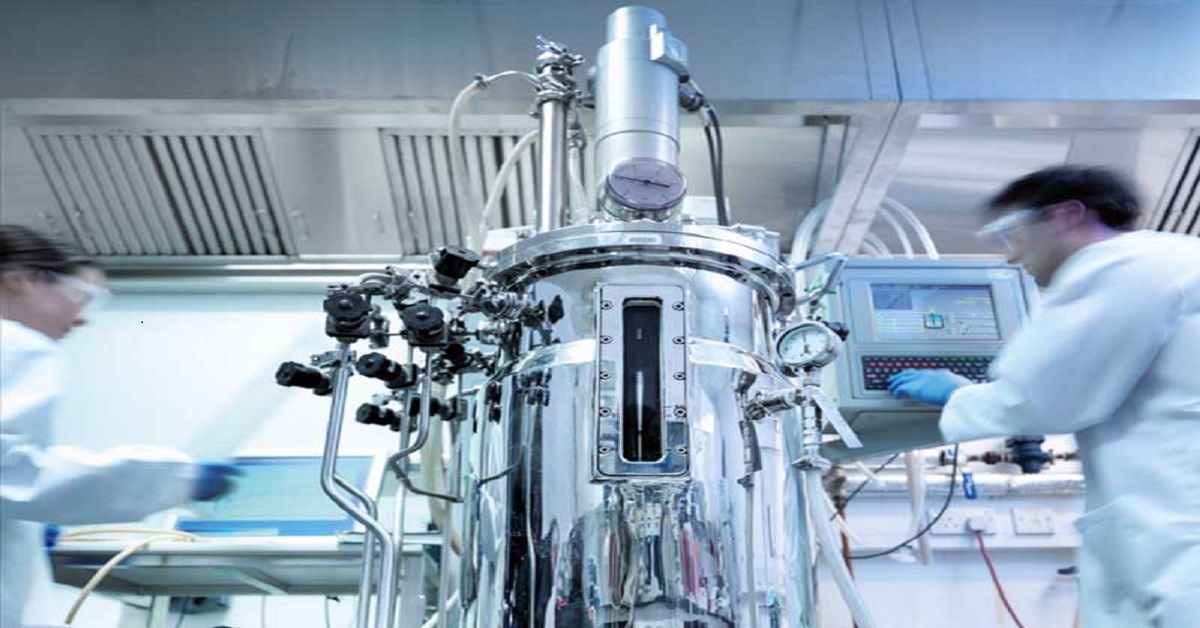
Fermentation is a metabolic process where a complex substance breaks down into simpler substances. Fermentation has countless benefits in food production, laboratory scale as well as in industrial scale. Here you will know about What is Batch fermentation and continuous fermentation with examples.
Table of Contents
What is fermentation
A metabolic process that produces chemical changes in organic substrates the action of enzymes is known as fermentation. Fermentation is also defined as the extraction of energy from carbohydrates in the absence of oxygen.
Fermentation lets the preservation of considerable amounts of food through alcohol, acetic acid, lactic acid, and alkaline fermentations.
Industrial-scale fermentation:
- Firstly, Industrial-scale fermentation is also taking place in fermenters. These fermenters are aerated and stirred vessels.
- Scale-up is the significant element of Industrial scale fermentation. Here in industrial-scale fermentation, there is a conversion of a laboratory-scale process to an industrial process.
- Secondly, It is considered as large-scale fermentation where microorganisms are used such as fungi and bacteria and also some of the eukaryotic cells such as insect cells and CHO cells. These microbes are used to make products useful for humans.
- Now both recombinant and non-recombinant biotechnology products that affected our lives are made through large-scale or industrial-scale fermentation.
- Finally, Industrial-scale fermentation holds commercial targets from biofuels to personalized medicines
Types of Industrial fermentation:
Actually, Batch Fermentation and Continuous Fermentation are the two commonly adopted Industrial Fermentation methods for the scale production of microbial biomass or metabolites.
Batch fermentation and continuous fermentation with examples:
The Batch fermentation:
- Firstly, A process where all the nutrients and substrates added quickly after inoculation takes place or at zero time and proceeding of the vessel are allowed under control environmental conditions while maximum final product concentration is attained is known as batch fermentation.
- Secondly, Here in batch fermentation, all the nutrients that are required for the production of lysine and growth of cell are present in the medium from the beginning and the batch fermentation is initiated by inoculation with biomass from a seed reactor.
- Thirdly, Batch fermentation could be labeled as a closed system whereby enzyme-producing microbes and the substrates are added to the system at zero time and are not removed till there is the completion of fermentation.
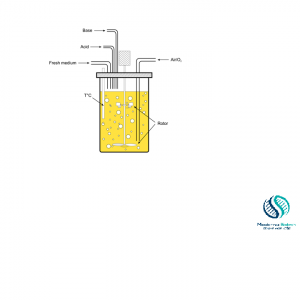
Examples and uses of Batch fermentation:
This fermentation is the simplest model as well as most commonly used to study the fermentation activities of colonic microorganisms.
Batch fermentation is most widely used in the production of bacteriocins.
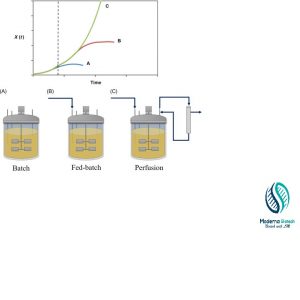
Continuous fermentation:
- Firstly, A microbial process where there is a constant flow of culture medium by the reactor is known as continuous fermentation. Herein continuous fermentation, the medium is continually added. And here the product is continuously withdrawn.
- Secondly, It is a method of converting wort into beer in a continuous process whereby wort is fed into one side of the process and beer is liquidated at the other side without an alternative to holding the beer in a static holding field vessel (batch fermentation).
- In the process of continuous fermentation, a sterilized medium is fed continuously into a fermenter. And the fermented product is continuously removed, so there is no change remains in the volume of fermentation.
- Classically, continuous fermentation is initiated as batch cultures and feeding starts after the microbial population has touched a certain concentration.
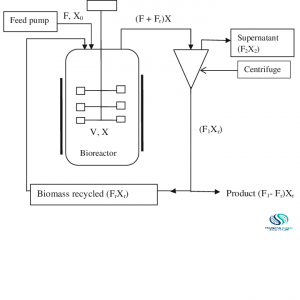
Examples and uses of Continuous fermentation:
We use the Continuous fermentation method for the production of metabolic products. And we use multistage continuous culture for cell growth and the combination of products.
Continuous fermentation is used to maintain steady-state growth.
In continuous fermentation, the exponential growth rate of the microbes is upheld in the fermenter for continued periods of time. And it is done by the accumulation of fresh media at regular intervals.
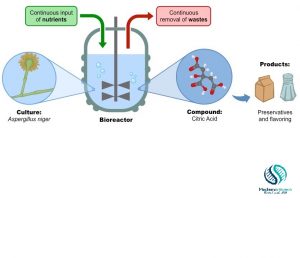
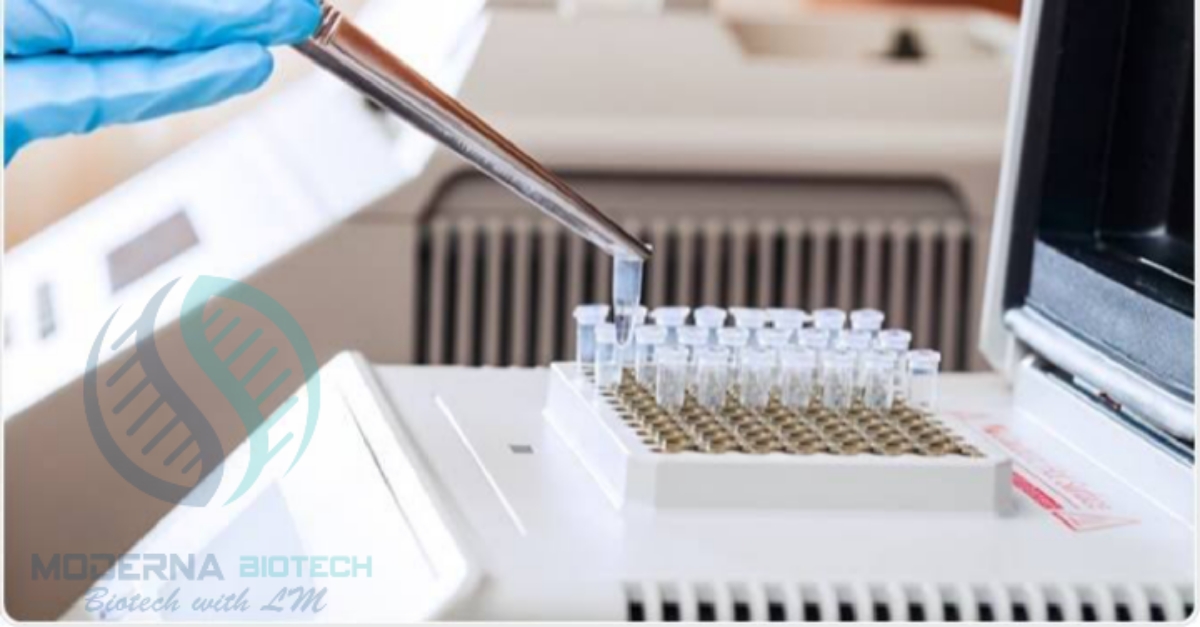

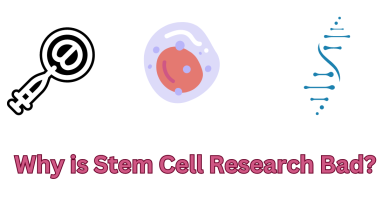

cbd oil what is the best for strokes
Has anybody visited SmokinEyes Vapor Co? xx
with almost all significant infos.